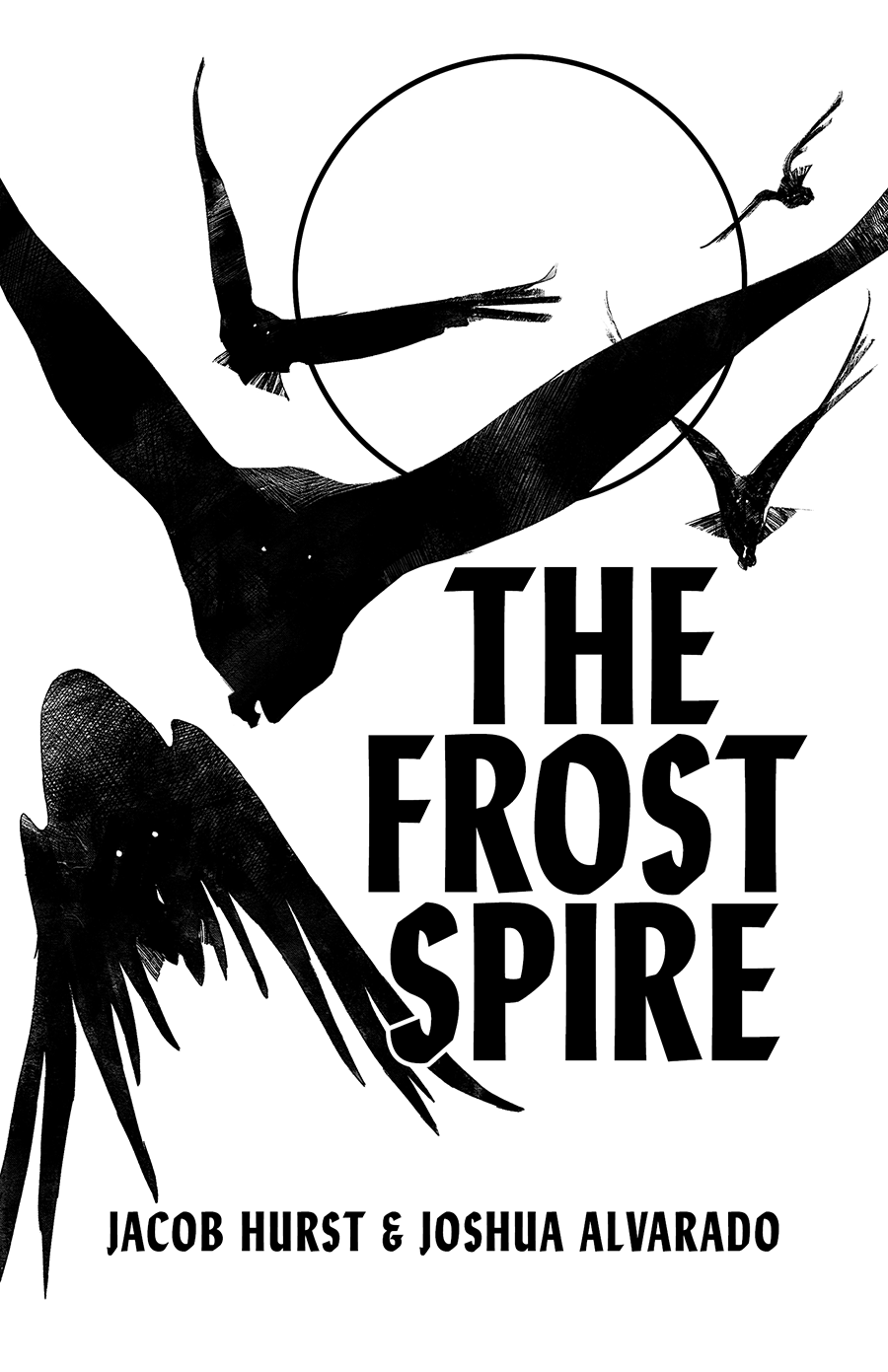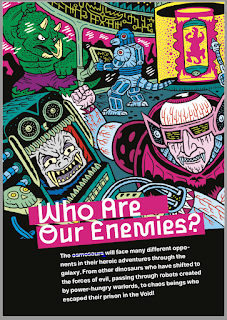Last week I reviewed the very very good adventure The Frost Spire by Jacob Hurst.
As pointed out in the review, for some reason the module doesn't include statistics for the final encounter, so I thought, why not make them?
As I wrote in the review, the quickest way is to generate a high level elf with the official OSE online tools, so let's start with that. Considering all there is to the scenario (which is for a level 3 group), I have no problem shooting for a level 10 elf. Of course a less powerful version might be viable as well, but I really would not go below level 6.
Here's what I got:
Level 10 Elf (NPC)
Armour Class 2 [17] (plate mail + ring)
Hit Points 36
Attacks 1 × crossbow (1d6) or 1 × spell
THAC0 12 [+7]
Movement Rate 60' (20')
Saves D6 W7 P8 B8 S8
Alignment Lawful
STR 16 INT 9 WIS 10
DEX 10 CON 7 CHA 10
Spells
read magic, shield, floating disc, mirror image, esp, mirror image, fly, protection from evil 10’ radius (mu), invisibility 10’ radius, dimension door, growth of plants, wall of fire, wall of stone, transmute rock to mud (transmute mud to rock)
Items
Broom of Flying, Potion of Heroism, Ring of Protection +1, Spell scroll (protection from evil 10’ radius (c), cure disease (cause disease), find traps, growth of animal, create water) , Crossbow bolts +1 (9)
Is that ok? Well I guess it could work if in a hurry, but this is not the case here, so I'll try and make it more in tune with the scenario.
That STR 16 doesn't really seem to match with the art in the adventure; and Morrigan's job makes me want to change the Alignment to Neutral.
I don't like the magic items I got, so I'll try and put some more frost-themed stuff here and there. Ok I like the flying broom, as it is a very convenient means of traveling to and from the spire, and offers a great option for retreat in case of hostile adventurers, so I'll leave it there.
A quick search on the OSE SRD for "cold", "ice" and "frost" gives me two things worth adding: a wand of cold and the wall of ice spell.
Some other cold-themed items? I have a bunch in this post with Diablo-inspired magic items: the Ravenfrost ring seems the right fix, as well as the Skin of the Viper Magi armor.
So here's the edited girl:
Morrigan - Level 10 Elf
Armour Class 5 [14] (leather armour +2)
Hit Points 34
Attacks 1 × short sword (1d6+2, +1 from STR) or 1 × spell
Base THAC0 12 [+7], 9 [+10] with short sword +2 and +1 from STR
Movement Rate 60' (20')
Saves D6 W7 P8 B8 S8 (+2 to all from armour; +1 vs spells from WIS)
Alignment Neutral
STR 13 INT 9 WIS 14
DEX 10 CON 7 CHA 16
Spells
read magic, shield, floating disc, mirror image, esp, mirror image, fly, protection from evil 10’ radius (mu), invisibility 10’ radius, dimension door, growth of plants, wall of ice, wall of stone, transmute rock to mud (transmute mud to rock)
Magic Items
- Broom of Flying
- Short sword +2, Charm Person 3 times a week
- Wand of cold (7 charges left)
- Skin of the Viper Magi (leather armour +2, +2 to saves vs spells)
- Ravenfrost ring (Cold damage heals the wearer by the same amount, instead of harming them. Cold spells and effects never affect the wearer in any negative way)
Strategy
Well the first thing to do to run the encounter decently is to carefully read the page about Morrigan and prepare to defend her position and her job with discussion. If conversation fails to end the encounter, it's time smash the PCs.
With this set up, I can see Morrigan attempting various strategies if conversation with the PCs turns to violence. She can Charm with her sword; turn invisible; dimension door to safety; or fly out of the room and lock the party inside inside with a wall spell, then gather reinforcements such as the harpies or the bear. Or she could just mirror image and then hack at the group with her sword or freeze them to death with the wand.
----








.jpeg)
.jpeg)

.jpg)

.jpg)











